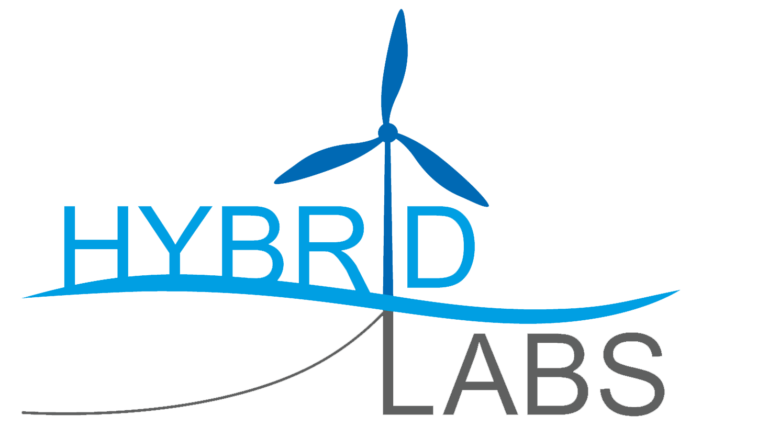
Experimental campaigns are crucial for validating and improving numerical models of floating offshore wind turbines (FOWT), but designing scaled models that accurately reproduce aerodynamic, structural, and hydrodynamic behaviors is challenging. This is especially important for larger turbines with a rated power above 15MW, like the IEA-15-240-RWT, where aeroelastic effects can be significant due to its 240-meter rotor diameter. At TU Delft, hybrid testing, which combines physical and numerical simulations, is used to address these challenges. A hardware-in-the-loop approach is employed, where floater dynamics are calculated in real-time and account for aerodynamic measurements, ensuring the interaction between aerodynamics and floater dynamics is considered. To date, no hybrid experimental campaign has involved an aero-elastically scaled FOWT of this size.
The objective is to develop a highly instrumented rotor model to investigate the aerodynamic and structural loads on the rotor and their impact on the dynamics of floating wind turbines. The study will also explore various experimental configurations to understand the unsteady aerodynamic behaviors and potential instabilities that may arise. At least the wake of such a turbine may be investigated at well.
This work links to the physical labs (wind labs) as well as the innovation part, through the innovative aeroelastic wind turbine setup tested which will be tested in different conditions. One of the major outcomes is to develop the hybrid testing technique, to exploit them and test new innovations (Outcome 2).
Contact: M.Miroux@tudelft.nl



Accelerating innovations in offshore renewables through data-driven hybrid labs.
@2025 HybridLabs